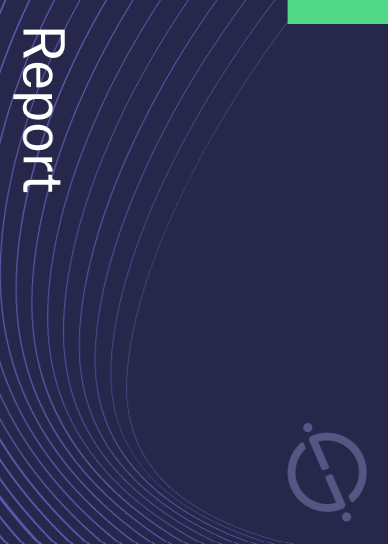The Occlusive Arterial Disease (OAD) drugs in development market research report provides comprehensive information on the therapeutics under development for Occlusive Arterial Disease (OAD), complete with analysis by stage of development, drug target, mechanism of action (MoA), route of administration (RoA), and molecule type. GlobalData’s report assesses key aspects of the companies and drugs in development for Occlusive Arterial Disease (OAD). Buy the report here.

Discover B2B Marketing That Performs
Combine business intelligence and editorial excellence to reach engaged professionals across 36 leading media platforms.
The report also covers the descriptive pharmacological action of the therapeutics and the latest news and press releases. Additionally, the report provides an overview of the key players involved in therapeutic development for Occlusive Arterial Disease (OAD) and features dormant and discontinued products.
GlobalData tracks 52 drugs in development for Occlusive Arterial Disease (OAD) by 46 companies/universities/institutes. The top development phase for Occlusive Arterial Disease (OAD) is preclinical with 24 drugs in that stage. The Occlusive Arterial Disease (OAD) pipeline has 50 drugs in development by companies and two by universities/ institutes. Some of the companies in the Occlusive Arterial Disease (OAD) pipeline products market are: Karis Bio, Beijing Tide Pharmaceutical and G&P Bioscience.
The key targets in the Occlusive Arterial Disease (OAD) pipeline products market include Hepatocyte Growth Factor, Prostaglandin E2 Receptor EP1 Subtype, and P2Y Purinoceptor 12.
The key mechanisms of action in the Occlusive Arterial Disease (OAD) pipeline product include Hepatocyte Growth Factor Activator with four drugs in Pre-Registration. The Occlusive Arterial Disease (OAD) pipeline products include ten routes of administration with the top ROA being Intramuscular and 12 key molecule types in the Occlusive Arterial Disease (OAD) pipeline products market including Small Molecule, and Cell Therapy.
Occlusive Arterial Disease (OAD) overview
Occlusive arterial disease (OAD), also known as peripheral arterial disease (PAD) or peripheral vascular disease (PVD), is characterized by the narrowing or blockage of arteries in the extremities, particularly the legs. This occurs due to atherosclerosis, a buildup of plaque made up of cholesterol, fats, calcium, and other substances within the arterial walls. Individuals with OAD may experience symptoms such as leg pain, cramping, or numbness during physical activity (claudication). The pain typically improves with rest but returns upon resuming activity. In severe cases, reduced blood flow can cause tissue damage, leading to non-healing ulcers or even gangrene. Factors contributing to the development of OAD include smoking, diabetes, high blood pressure, high cholesterol, obesity, ssedentary lifestyle, advanced age, and family history of cardiovascular disease.
For a complete picture of Occlusive Arterial Disease (OAD)’s pipeline drug market, buy the report here.
Data Insights
From

The gold standard of business intelligence.
Blending expert knowledge with cutting-edge technology, GlobalData’s unrivalled proprietary data will enable you to decode what’s happening in your market. You can make better informed decisions and gain a future-proof advantage over your competitors.




